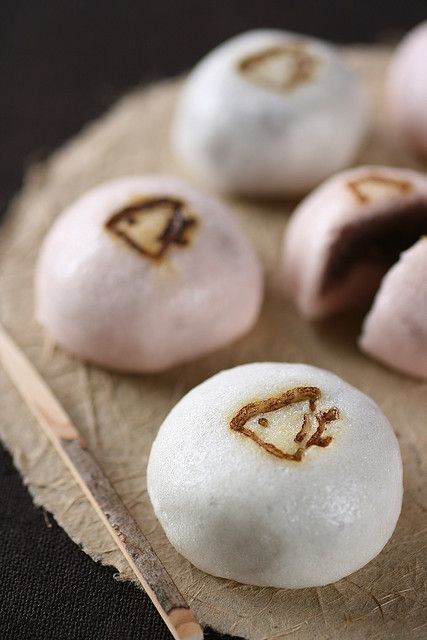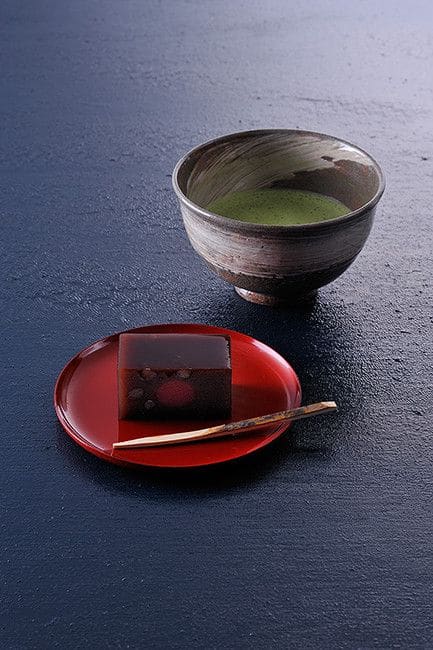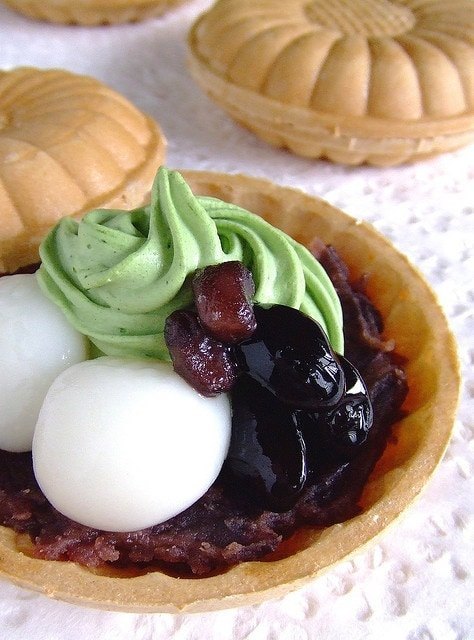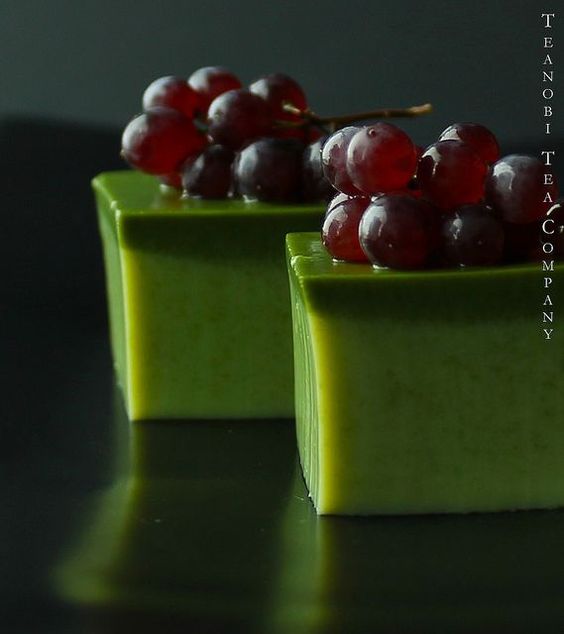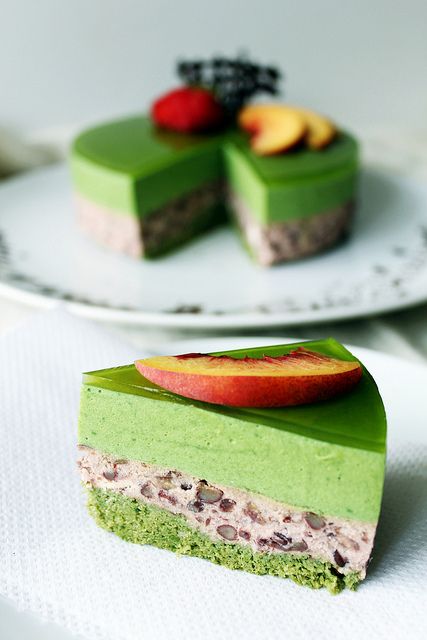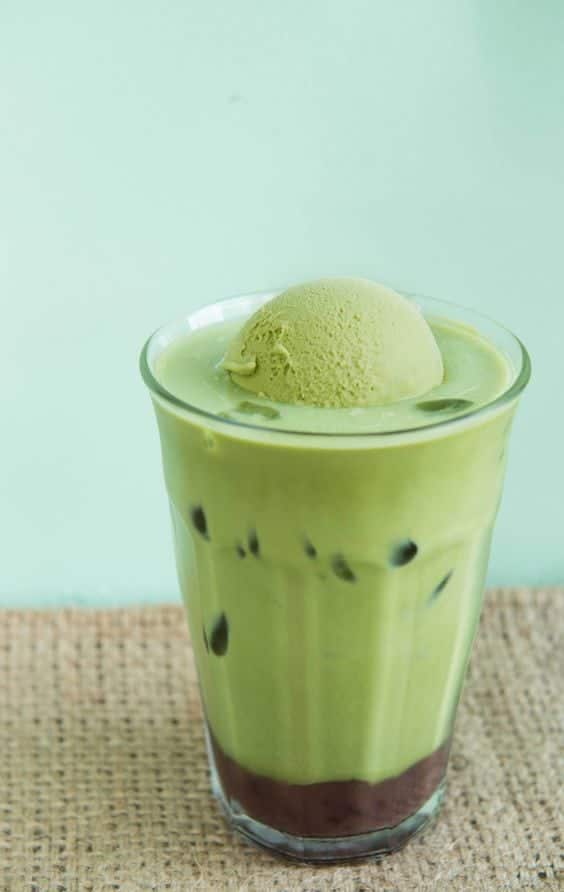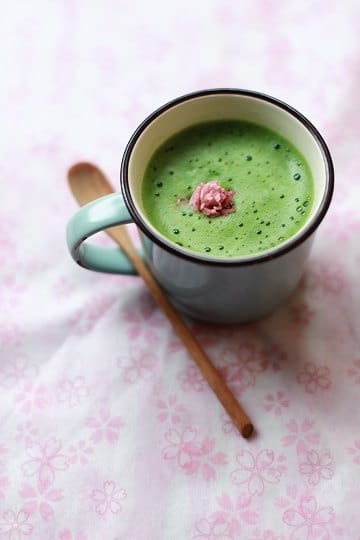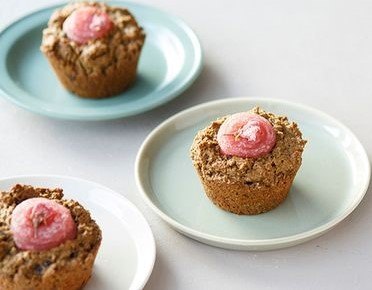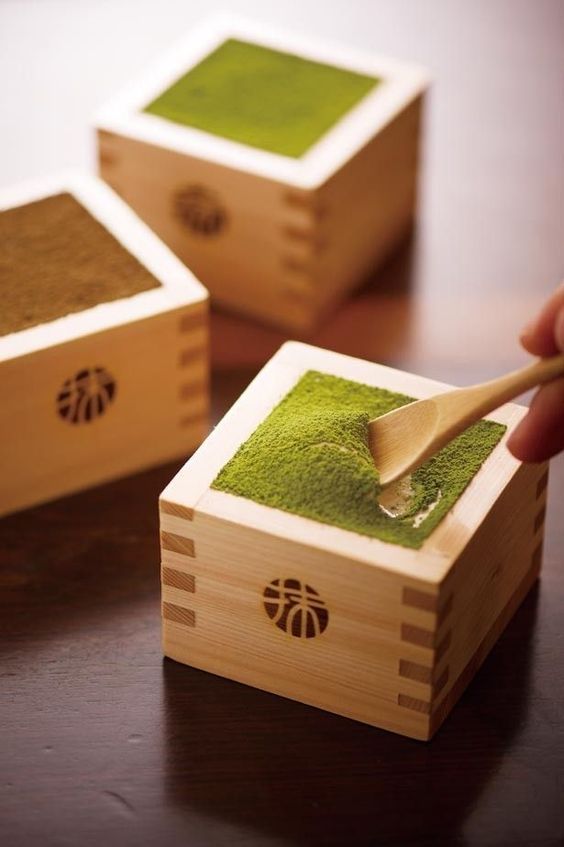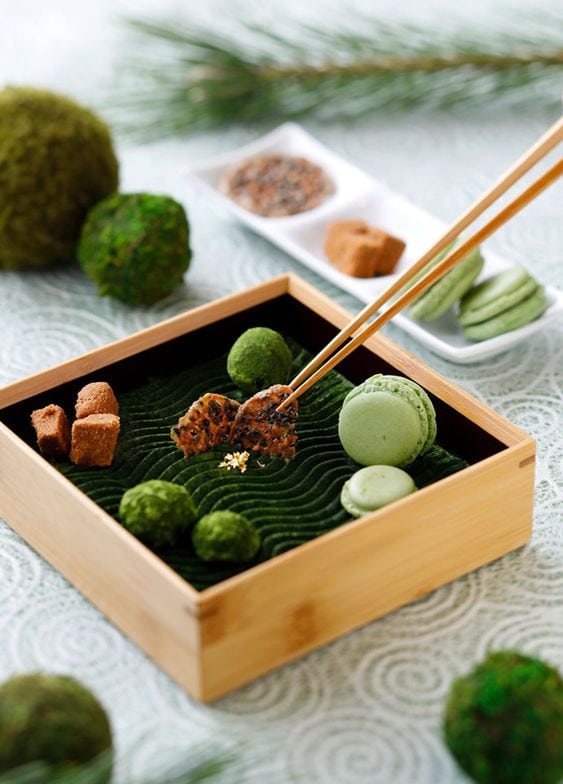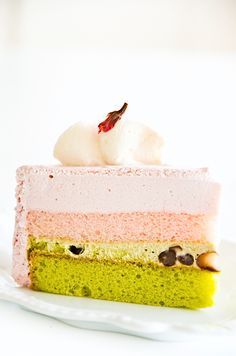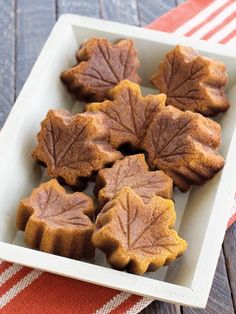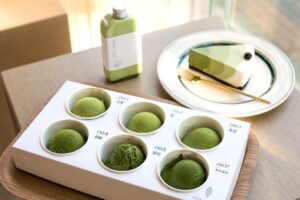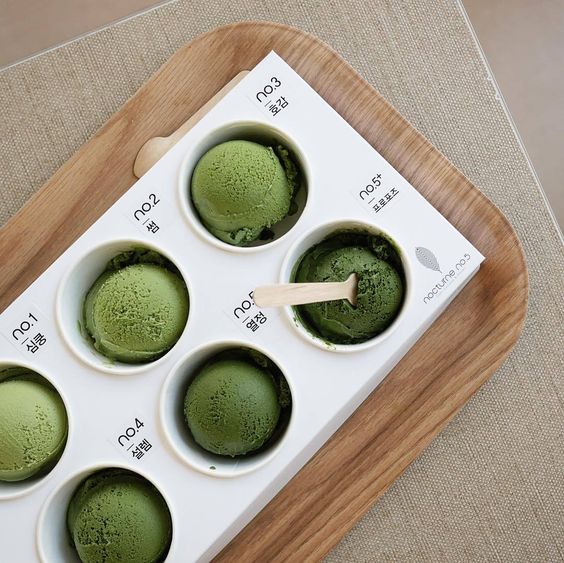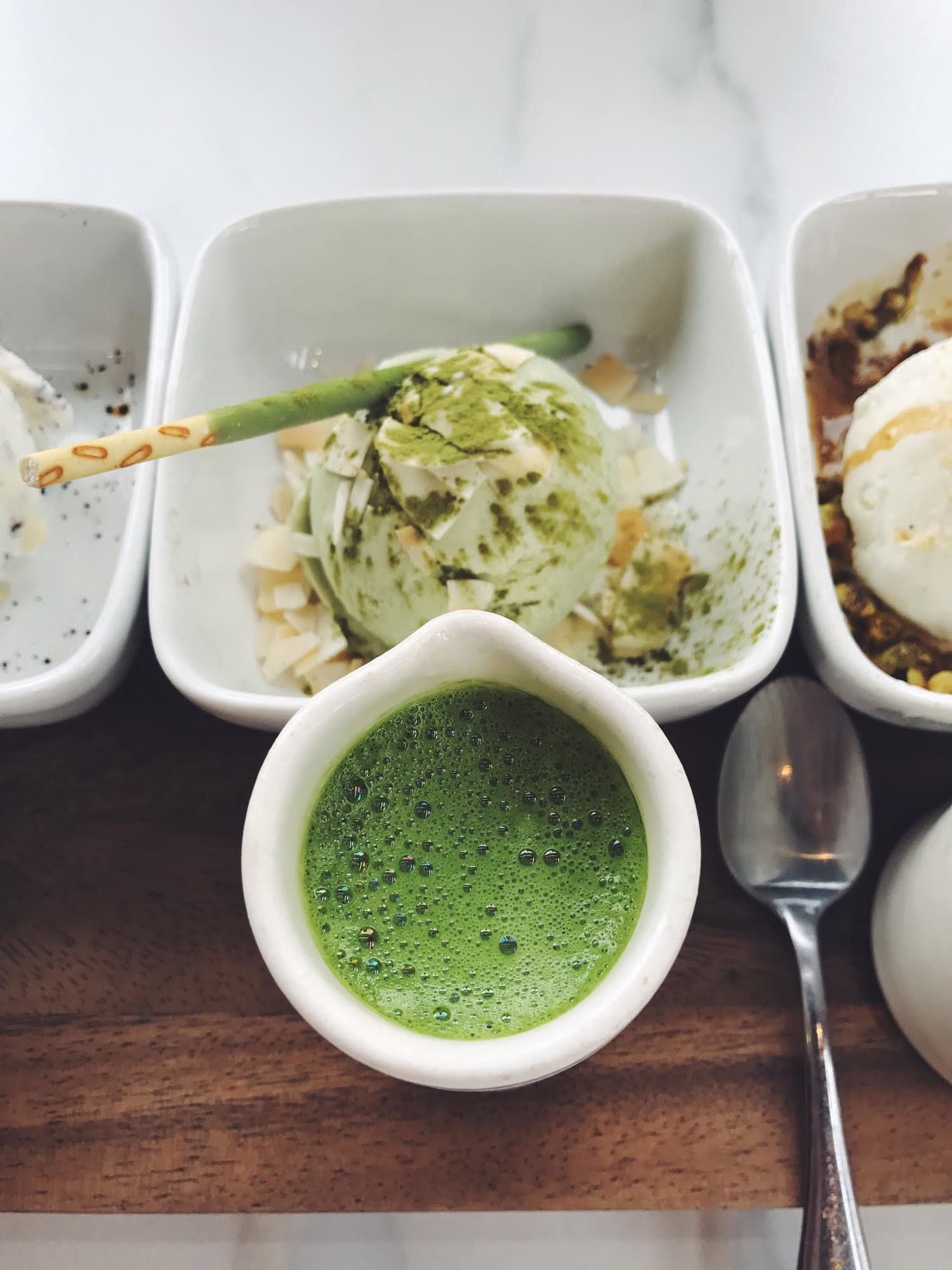Whenever I go to a tea or coffee shop, I can’t help but order a cup of matcha milk. Every time I pass by, I have to have one. When I drink it more often, I start to notice that the tea aroma and taste fluctuate. Sometimes it’s fragrant, sometimes it’s astringent. But it’s not exactly the same tea. What do you think is causing this? Of course, the staff who makes the tea also plays a part. If they don’t measure it well and estimate the temperature accurately, the taste won’t be the same. Why?
Where is matcha?
Let’s go find matcha first. Where is your matcha? The most popular bedroom might be the kitchen. It’s good for cooking and making tea, right? In fact, this room is forbidden for any tea at all. Because in addition to the kitchen being hot from the stove, there are also smells and smoke that can easily stick to the tea. In addition, there is high humidity. Heat and humidity shorten the shelf life, fade color, and tea will deteriorate quickly in the kitchen.
Some people who have beverage shops may put it right on the counter , making it easy to grab, right? If you can use up all the matcha in a short period of time, putting it here is not a problem. However, if you have a lot of matcha left in stock, it is recommended to store it in the refrigerator, especially if the counter is near a door or window. Both rain and sun will affect it.
At this point, the refrigerator is probably the answer for many people. Some people even put it in the freezer. It is true that the refrigerator can help extend the life of matcha much longer than outside. However, there are two things to be careful about when using the refrigerator: 1. A refrigerator that smells so bad that the smell sticks to the tea. 2. Moisture that sticks when you take it out of the refrigerator, causing the quality to deteriorate even faster than if you left it outside. The solution is to put it in a ziplock bag tightly and leave it to cool before using it. After half a day, you should be fine.
What do you use to store matcha?
The container or bag that is stored may not be important. As long as it does not smell of metal, plastic or other smells, it is considered usable. It goes without saying that it must be tightly sealed . However, there is one type of container that can make tea worse unexpectedly, which is a clear container. Some people intentionally use this type of container to show the color of the matcha, show the ingredients in the shop or just for the person making it to see easily. But a clear container allows the light to shine directly on the tea, causing the tea to fade in color and produce strange smells. In fact, many tea shops choose to put it in a clear container. Some even open the lid to show it. In this case, it is not because the room is already dark, it means that the tea is not very good, or they are confident that they will finish it that day.
Another thing that most people may not realize is the size of the jar . Putting matcha in a large jar means that every time you open the lid and scoop out a large amount of matcha, the tea is exposed to air. The aroma of the tea will quickly disappear with repeated exposure to air. Dividing it up into small jars that can be used up in a few days is a way to prevent a large amount of tea from being wasted in the air.
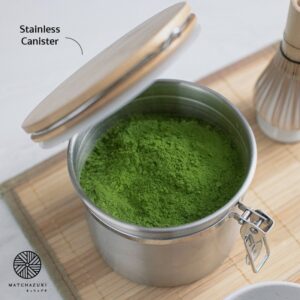
Containers used to serve tea
Deep down, the container is what ultimately determines the way of drinking, or how the drinker feels. Taste is not just about the tea itself, but also about thoughts and feelings. The simplest example is design. Design determines the concept of the menu. If you want a luxurious atmosphere and slowly and delicately savor the taste, you may use luxurious and delicate containers. Or if you want simplicity and easy drinking, the appearance of the glass must be different. This matter may seem different from taste, abstract, but in fact, if you think about it, you will find that there are more concrete reasons than just floating feelings in your head.
Straws or glasses? Using straws is easy and convenient in terms of portability and eliminates the concern of not cleaning your glass properly. However, using straws limits the amount of water you can take into your mouth, similar to a hose trying to fill a swimming pool. It lacks the satisfaction of sipping a full mouthful of water. Drinking from a glass, on the other hand, offers much more flexibility and creates less waste.
Glass with a thin rim vs. glass with a thick rim. Glass with a thin rim makes the water flow straighter than a thick rim, making the sensation in the mouth clearer. Suitable for testing tastes or when wanting to show the complexity of flavors. Meanwhile, a thick rim makes the water flow slowly along the rim, which is one reason why water spills when poured into another container. But the advantage is that the sensation is softer than the first type. If you want to emphasize the softness of milk or milk foam, this type might be better.
Thin and thick. Mostly, the thickness of the container is the same as the rim, but not always. So I separated them. Thin containers are incredibly light (and if they are thin ceramics, they are usually expensive). They look luxurious and delicate, and feel good when held. The disadvantage is that they do not retain temperature very well. Served hot, they cool down, and served cold, they cool down in a short time. On the contrary, thick containers retain heat and cold very well, but you have to be careful when using them. When hot tea is poured in, if you do not warm the glass first, the tea will be pulled down by the cold thick glass until it does not match the heat you want to serve. The same goes for cold drinks. They should be cooled down if possible. The same principle applies to beer glasses in a pub.
The size of the mouth of the glass or the size of the glass determines how much water will enter the mouth in each sip. Some menus that you want people to drink slowly should use a small mouth glass to prevent drinking too quickly. But if you want to drink to be refreshed, you should use a large mouth glass to drink a lot.
Flared or straight glass mouth with an inward curve. A flared glass mouth allows water to flow into the mouth without having to tilt the glass much, which is better than the general straight or inward curve. The inward curve retains heat well and prevents all smells from escaping.
Materials include terracotta, ceramic tiles, plastic, and metal. No matter what, the feeling when touched is different. There are many different designs, shapes, and surfaces. It really depends on the concept of the menu.
All of these are just basic ideas for managing tea. In reality, there is still a lot of room for new ideas to be applied. These are not ironclad rules that need to be kept, but rather basics that can be built upon. I hope everyone will have more ideas from this article.
Article from: Vachi

